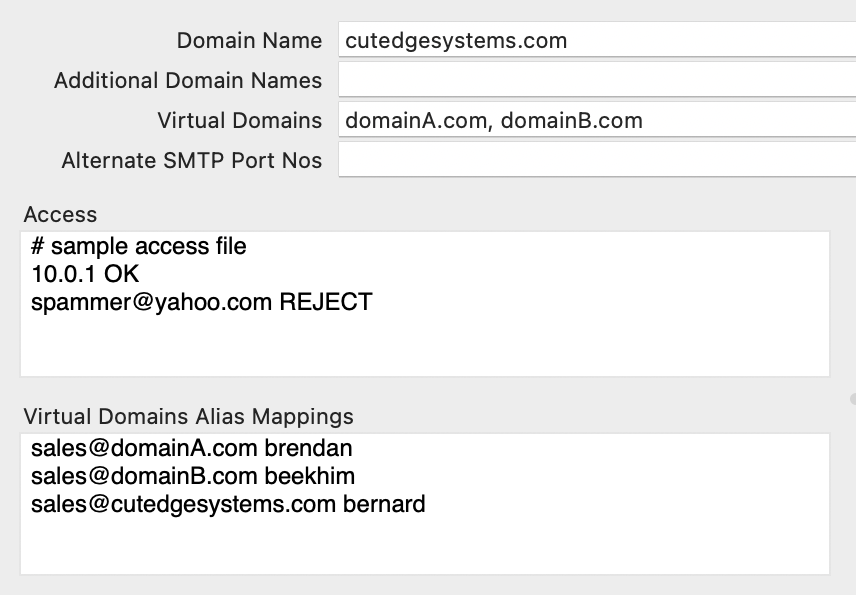
- #MACOSX JIRA CLIENT HOW TO#
- #MACOSX JIRA CLIENT CODE#
- #MACOSX JIRA CLIENT PASSWORD#
- #MACOSX JIRA CLIENT OFFLINE#
The percieved performance of Confluence / JIRA is REALLY-REALLY bad, it is impossible to work with them fluidly. It's just that 'tiny bit' faster which allows you to get things done quicker. This is by the way the same reason we at my company are actually evaluating whether a switch to Notion for example would be worth it. Therefore having a native Confluence app would (hopefully, if done right) fulfill these requirements and have a positive impact on user experience and improve engagement. Nowadays with modern web technologies that's entirely possible – but let's be honest, that's not going to happen within the next 3 years probably because these products are so huge.
#MACOSX JIRA CLIENT OFFLINE#
They could, of course, just improve their web experience with heading the direction of Progressive Web Apps and an Offline first experience. of your projects and spaces – this is not the case with how they built Jira and Confluence for the web. Having a native client usually comes with some caching e.g. Say I want to create a new Confluence page inside a specific space – often times it will take me half a minute to get to that functionality. With Confluence especially as with Jira I often experience heavy slow downs to my productiveness. If you want to use the optional state parameter, generate it before starting the flow.ġ.I can only give my personal take on this but my main reason would be: Performance. It will be used by the client to maintain state between the request and callback.

#MACOSX JIRA CLIENT CODE#

During registration, you can enable proper scopes to limit the range of resources which the application can access. Register your application in Jira by creating an incoming link in application links. It can be generated in a similar manner to code_verifier. High-entropy cryptographic random STRING using the unreserved characters: / / / "-" / "." / "_" / "~". įor sha256, generate this using the following pseudocode: BASE64URL-ENCODE(SHA256(ASCII(code_verifier)))įor plain, this can be the generated code_verifier.Ĭan be plain or sha256 depending on how the code_challenge was generated. Scopes that define application’s permissions to the user account. URL the user is redirected to after authorizing the request.Ĭlient ID received from Jira after registering your application. Here are parameters you’ll use in this flow: The following steps and parameters describe our implementation of this flow.

This flow lets you securely perform the OAuth exchange of client credentials for access tokens on public clients. Authorization code with Proof Key for Code Exchange (PKCE) You can use insecure URIs and base URLs for staging or development environments by enabling the relevant system properties. For more info, see the OAuth 2.0 RFC and the OAuth 2.0 Threat Model RFC.įor the same reason, we also enforce HTTPS for the base URL of production environments. This is important, as OAuth 2.0 bases its security on the transport layer. Using HTTPS in productionįor production environments, use HTTPS for the redirect uri.

To protect redirect-based flows, the OAuth specification recommends the use of “One-time use CSRF tokens carried in the state parameter, which are securely bound to the user agent” using the state query parameter, with each request to the /rest/oauth2/latest/authorize endpoint.
#MACOSX JIRA CLIENT HOW TO#
Here are some recommendations on how to improve security: Preventing CSRF attacks This should help you understand the flows and choose the right one for you.
#MACOSX JIRA CLIENT PASSWORD#
We don’t support Implicit Grant and Resource Owner Password Credentials flows, as they will be deprecated in the next OAuth specification version.įor more information on how these flows work, see OAuth RFC. We support the following OAuth 2.0 flows:Īuthorization code with Proof Key for Code Exchange (PKCE) If not, this page will help you understand the details of our OAuth 2.0 implementation so you can create such an integration. If you already have an integration that you’d like to add to Jira, see Configure an incoming link for detailed steps. Jira (Data Center and Server) provides APIs to allow external services to access resources on a user’s behalf with the OAuth 2.0 protocol.


 0 kommentar(er)
0 kommentar(er)
